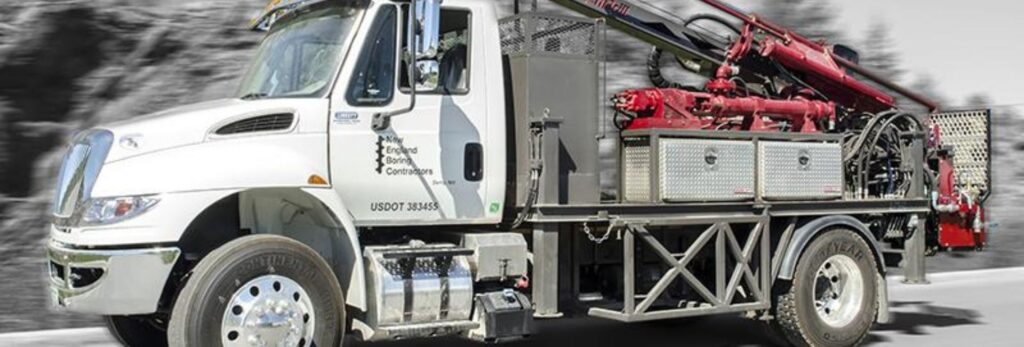International environmental standards are becoming stricter and stricter, and they pose not one but two serious challenges for manufacturers of engines, particular diesel engines. Not only do they have to find technologies that will let them adapt to the criteria in the standards, but they have to find ways to continue improving the performance of these engines. Impossible? Actually, it was an opportunity to re-think and improve their engines. This has been a great advantage in urban geotechnics, which mainly uses vehicles that run on diesel.
The Challenge
The Tier standards instituted by the Environmental Protection Agency (EPA) (https://www.epa.gov/) do not specifically target greenhouse gases like CO2, or those released by fuel consumption. Instead, the targets are pollutants associated with combustion engines. Carbon monoxide, unburned hydrocarbons, nitrogen oxides (NOx) (https://en.wikipedia.org/wiki/NOx) and black soot particles (Particulate Matter (PM)), which were already sharply decreased by the switch to Tier 3, are now the ultimate targets of Tier 4.
The challenge of reducing these gases hinges around the difficulty of knowing what to reduce first, NOx of PM. You see, if combustion in the engine occurs at high temperature and pressure, the fuel is completely burned. This eradicates PM but produces huge amounts of NOx by the reaction of nitrogen in contact with the oxygen in the air. The opposite is also true. Decreasing the combustion temperature and oxygen concentration produces more PM.
The Solutions
Three main technologies are used for exhaust after-treatment.
- Selective Catalytic Reduction (SCR) – This works by combining the exhaust gases with ammonia (urea or DEF, diesel emissions fluid) and passing this mixture over a catalyst.
- Diesel Particulate Filter (DPF) – This works by using a mechanical filter to trap soot particles after they have been partially oxidized by a catalyst. The trapped particles are incinerated during operation.
- Exhaust Gas Recirculation (EGR) – This works by recirculating a small amount of cooled exhaust gas back into the combustion chamber. This reduces the combustion temperature and effectively reduces the production of NOx.
Progress
Thanks to the technological advances listed above, between 2008 and the time when Tier 4 Final regulations were fully implemented in 2015, particulate and NOx emissions were reduced by 99% compared to the level in 1996. But what did that do to engine performance? Was it cut to meet environmental requirements?
Through advancements in engine design, modern diesel engines have been transformed into one of the cleanest prime movers available today. Some of these engine improvements are:
- High-pressure common rail fuel injection systems;
- Electronically controlled injector solenoids;
- Advanced turbocharging.
Numerous developments have also been made to reduce the consumption and improve the performance of drills, despite constraints on emissions.
Injection systems now have very high common rail pressure, and this improves performance and optimizes consumption. The new generation of engines offers up to 15% more power and up to 10% less consumption than the previous one. Improvements are largely influenced by constant refinements in electronic management. These include not just engine improvements but also improved maintenance and operations costs for the consumption of DEF and diesel to regenerate filters.
In short, the transition to Tier 4 Final, which seemed as if it would constitute an obstacle to performance, has instead pushed the largest motor manufacturers, like Cat (https://www.cat.com/en_US/support/operations/technology/tier-4-technology/building-block-technology.html), Deutz (https://www.deutz-fahr.com/fr-us/produits/tracteurs/5180-series-7) and Cummins (https://www.cummins.com/engines/tier-4-final), to go beyond themselves, to reinvent themselves and to provide products that are just as reliable. As mentioned above, this made drill manufacturers very happy, especially those whose drills were designed to operate in urban areas and so generally run on diesel engines.
This progress has given the GT8 wheel-mounted hydraulic drill an exclusive advantage. Now the same engine that starts it up is also used, with the help of a PTO (power take-off), to move it around. This transfers energy from the engine to the drill, reducing the total weight of the rig, its cost and the risks of the problems that crop up on rigs with two engines. Making an urban drill that sits on a truck, weighs under 26,000 pounds and has 12,500 foot-pounds of torque, that’s progress!
